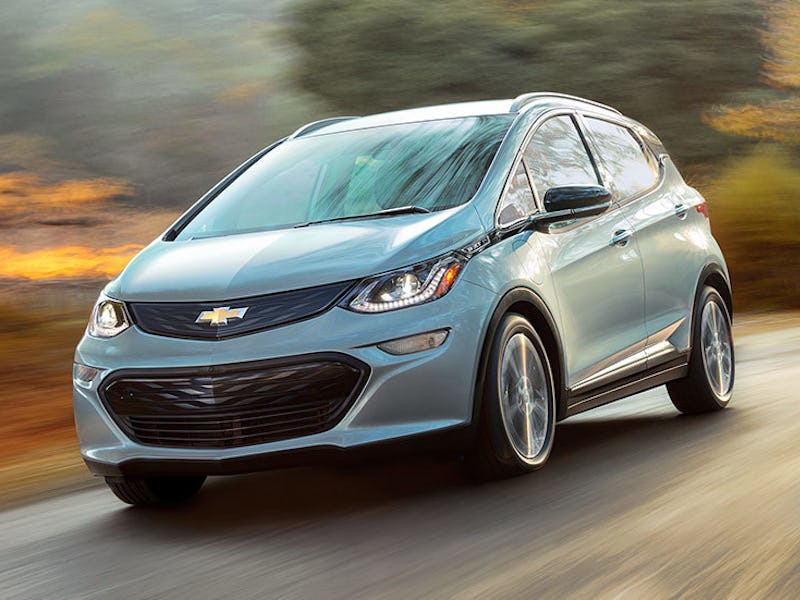Forgetting to plug in a phone is a nuisance. Neglecting to charge an electric vehicle can be disastrous — their batteries take longer to fill and recharging places aren’t nearly as common as the gas stations on which traditional vehicles rely. That’s why GM announced its partnership with a Boston-based startup called WiTricity this week. The goal? Develop wireless charging tech for GM’s electric cars.
Even mentioning wireless charging is enough to raise some people’s blood pressure. Previous iterations of the technology have been frustrating: they require devices to be perfectly aligned with and extremely close to their chargers, to the point where it doesn’t seem like ditching wires is a convenient idea. WiTricity was founded in 2007 to prove those naysayers wrong.
How it works: The company’s tech works using objects that share a resonant frequency. This allows them to efficiently transfer energy — a requirement for wireless charging systems — over moderate distances without affecting the stuff around them. It’s like playing “telephone” with two cans and a string; the can-holders are able to communicate without anyone else hearing.
The old system was more like whispering into someone’s ear. Switching to the new way of doing things allows energy to cover greater distances, doesn’t require perfect alignment, and can be more efficient than its predecessor. All of those things make systems like WiTricity’s a good fit for electric vehicles, at least in theory, which is why GM teamed up with the company.
“Wireless charging is a technology that our customers have told us they are interested in,” GM’s executive chief engineer of electrified vehicles, Pamela Fletcher, said. “By testing the WiTricity prototype system, we can ensure that wireless charging systems will comply with proposed industry standards, which benefits the entire industry and consumers.”
Witricity CEO Alex Gruzen takes a knee next to a Chevy Volt. You can see the green charging pad.
That system works by placing a charging pad in a garage. The pad has to be plugged into a wall outlet and it uses coupled resonators to wirelessly transfer energy to an electric vehicle. People wouldn’t have to think about charging their cars; they simply have to park the vehicle over the pad.
A Wireless Evolution?
GM and WiTricity’s plans for electric vehicles follows growing interest in wireless charging. A startup called Ossia made a system that could recharge devices using a wifi-like setup, for example, while Imperial College London made a tiny drone that doesn’t have to land to refill its minuscule battery.
Duke University researchers also found a way to wirelessly charge devices using a “base station” from a central object, like a television set, instead of a dedicated charger. It would be interesting to see if Ossia’s or Duke University’s setups could apply to electric vehicles.
GM’s Future
For now, though, all of this is speculation. A GM spokesperson tells Inverse that the automaker doesn’t have a projected release date for this developing project.
